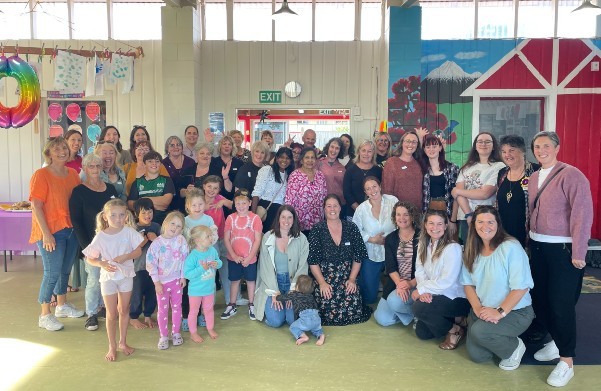You may have noticed some tamariki focused on repeating a particular activity or theme in their play, and thought, what is going on? Why are they tying things up all the time? Or why do they always need to carry things from one place to another? Why do they like hiding and burrowing? And most frustratingly, why are they always throwing things, or smashing things? Joanna Dowle explores an important aspect of children’s development, schema.
Children often repeat actions over and over, testing something out and thereby learning about their world. By repeating things again – whether it is dropping objects from a table, or singing a song again and again – they are exploring ideas. They also explore them through talking, drawing, and constructing of these themes, seeking to find a pattern and building cognitive structures in their brains. Such repeating patterns in children’s play are called schemas. More precisely, a schema “is a thread of thought which is demonstrated by repeated actions and patterns in children’s play or art”.
It is worth being able to recognise schemas – they are a source of some amazing learning and development in children, but can also cause frustration in adults. Understanding schemas can help adults to better respond to children’s behavior, both by extending the learning that is happening and also managing some of the more disruptive effects of schemas.
Schemas can be a great way of thinking about patterns of behaviour you may observe. So how do we spot of related activities, occurring across a period of time (could be days, weeks, or longer). This may occur not only in children’s play, but also appear in their mark making, and feature in their language. Three additional behaviours that help in spotting schemas are involvement (intense concentration, being absorbed, enjoyment), flow (being deeply engaged and immersed), and persistence (almost being obsessed). If you can spot all three behaviours around some repeated patterns of play, you’re probably looking at a schema.
Some common schemas that you may observe are:
- Transporting – moving things from place to place, often using bags or vehicles
- Trajectory – a fascination with movement, often explored through throwing of objects
- Enveloping – covering things completely, or enjoying being covered or hidden
- Enclosing – surrounding things by building fences or walls
- Positioning or ordering – arranging things a certain way or in a pattern, lining things up
- Connecting – joining, sticking or tying things together
- Disconnecting – knocking things down or smashing things
- Rotation and circularity – a fascination with spinning, rolling, twisting, and rotation
Schemas can often occur in clusters or groups, and schemas can also overlap. Enveloping and enclosing can often be found together; a focus on connecting can go hand in hand with disconnecting. Good observations, taking photographs, sharing information with parents and others, maintaining a child’s portfolio are all good ways for spotting schemas. It’s important to note that the list above is not exhaustive. If you identify a pattern that doesn’t seem to quite fit any of these, create your own!
By Joanna Dowle




